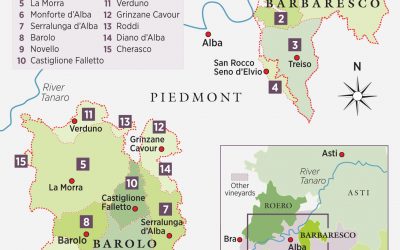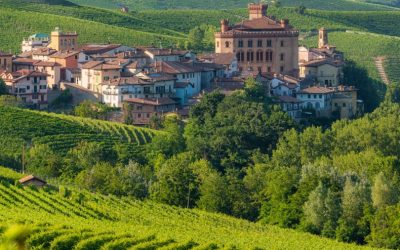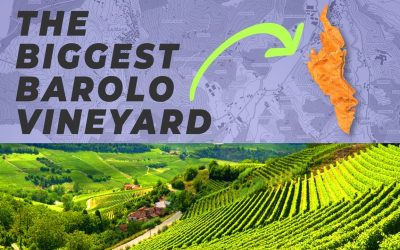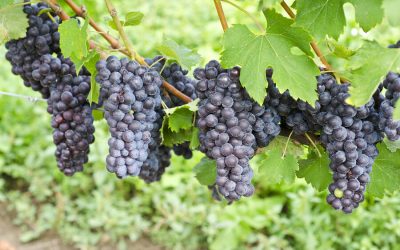What makes Barolo wine special?
The beauty of wine lies in its ability to transport us through time, capturing the unique climatic and environmental nuances of its year of production. Two vintages that have intrigued oenophiles worldwide are the 2016 and 2017 vintages. Both these years presented their own set of challenges and gifts to vineyards, impacting the overall quality and taste of the wines produced. In this article, we dive into a detailed comparison of these two vintages, focusing on factors such as climate, yield, and overall wine characteristics.
What makes Barolo Wine so special?

Barolo is a captivating dance of nature’s finest elements, crafted from the exceptional Nebbiolo grape, which hails from the picturesque landscapes of Piedmont, Italy. The town of Barolo, a charming commune nestled in the heart of Italy’s Langhe wine region, shares its name with the celebrated wine. The very identity of the region is interwoven with its wine production, and the two are often spoken about interchangeably. The initial allure of Barolo lies in the Nebbiolo grape’s intricate expression of cherry and strawberry notes. These notes, exact and authentic, form the foundational flavor profile that Nebbiolo is recognized for.
But what truly sets Barolo apart is the evolution of Nebbiolo’s characteristics as it matures. Over time, the wine develops an array of sophisticated flavors that distinguish it from other wines. These aged nuances, often described as rose petals, tar, porcini mushrooms, and wild herbs such as sage, add depth and complexity, lending each bottle of Barolo its distinctive personality. Thus, Barolo’s charm lies not just in its initial taste, but in the journey of flavors it presents over time.
Every sip of Barolo wine is a testament to the region’s cultural heritage, a journey through the rolling vineyards of Piedmont, and an homage to the skilled vintners who transform grapes into this ‘king of wines’. Barolo’s allure lies in its unique alchemy of place, grape, and tradition. At the heart of this magic is the Nebbiolo grape, renowned for its complexity and aging potential. On the palate, Nebbiolo offers an enticingly precise and pure expression of cherry and strawberry notes that are the hallmark of this distinguished grape.
Why Barolo is so Expensive?
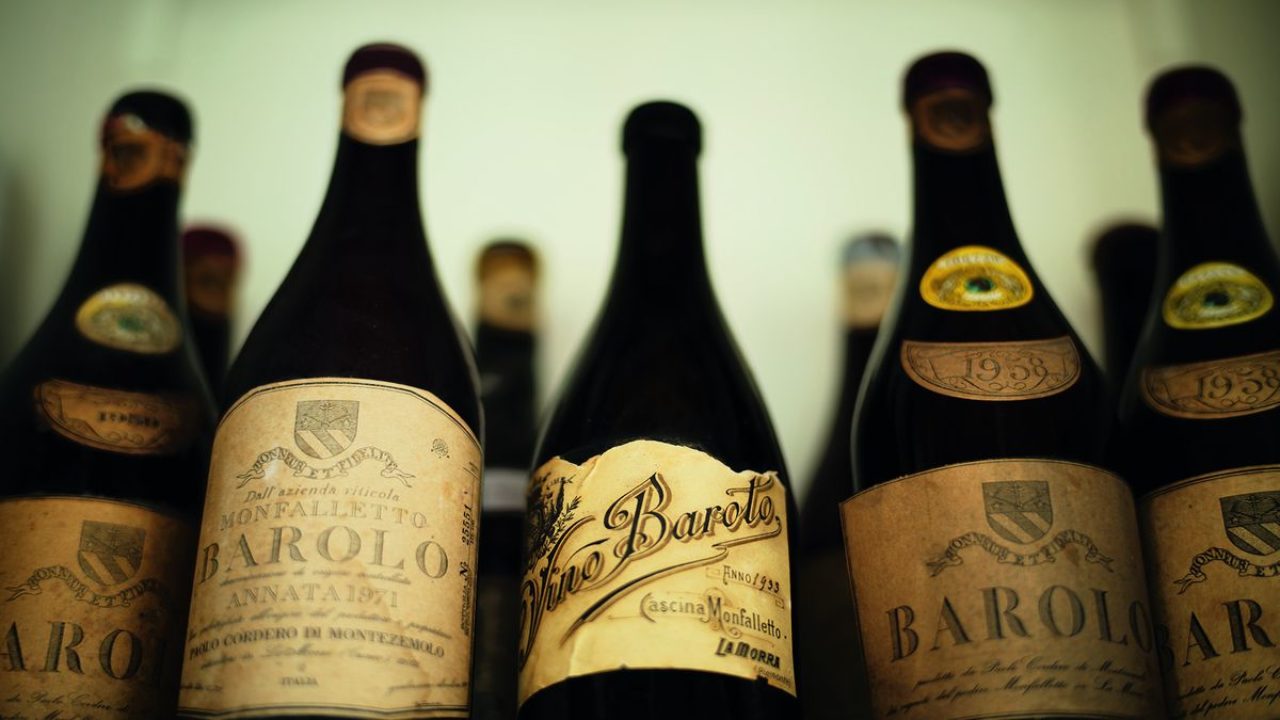
The price tag of Barolo can be attributed to several factors, including its production process, the cost of the Nebbiolo grape, the labor involved, and the wine’s aging potential.
- Production Process: Barolo wine follows strict production regulations set by the Denominazione di Origine Controllata e Garantita (DOCG), the highest designation of quality among Italian wines. According to these rules, Barolo must be made 100% from Nebbiolo grapes and aged for at least 38 months, 18 of which must be in wooden barrels. This extended aging process requires time and resources, contributing to the cost.
- Nebbiolo Grapes: Nebbiolo is a finicky grape to grow, as it is highly sensitive to environmental changes and susceptible to various diseases. The grape’s picky nature means it can only be grown in a handful of sites, primarily in the Piedmont region. The scarcity of suitable growing locations and the grape’s temperamental nature add to its cost.
- Labor Costs: Nebbiolo grapes are typically grown on steep slopes, which means much of the work in the vineyards, such as pruning and harvesting, must be done manually. This intensive labor adds to the overall cost of producing the wine.
- Aging Potential: Barolo is a wine known for its exceptional aging potential. Many Barolo wines can be aged for decades, improving over time. The aging potential of the wine adds to its perceived value and, in turn, its price.
- Demand and Prestige: Barolo, often referred to as “the king of wines and the wine of kings,” has a high demand among wine enthusiasts for its rich history, unique characteristics, and quality. This demand, coupled with its prestige and limited production, further increases its market price.
Therefore, while Barolo may carry a higher price tag compared to other wines, many wine lovers and collectors consider it a worthwhile investment for its unique qualities and remarkable aging potential.
Understanding the Weather Impact: The Role of Climate in 2016 and 2017 Vintages
The 2016 vintage was remarkable, largely due to the influence of the El Niño weather phenomenon. This had a significant effect on weather systems globally but was less impactful on Europe, which experienced a mostly excellent year. 2016 was a year of scarcity, producing 20% less than the regional average. However, the quality of the wines was outstanding, with red wines particularly thriving due to a warm, dry March that stimulated an early bud swell.
In contrast, 2017 brought a more generous yield, being a very warm growing season. This heat greatly affected the wines’ character, typically resulting in full-bodied and well-rounded wines, but without the standout aging potential that other vintages might offer.
Decoding the Yield: Quantity and Quality in 2016 and 2017
Though 2016 yielded a smaller crop, the quality of the wines produced was exceptional, underpinning the adage that ‘less is more’. This scarcity created wines of remarkable concentration and complexity. Red wines, in particular, shone in 2016, being perfectly structured for long-term cellaring.
2017, however, brought an above-average yield. Despite the larger production, the quality of the wines remained high, although the warm growing season meant that the wines were less structured and hence less suitable for long-term aging. Nonetheless, the 2017 wines were well balanced and generous in their flavour profile, offering a pleasing immediacy for consumption.
Barolo: Italy’s Most Iconic Wine. A guide to an amazing wine
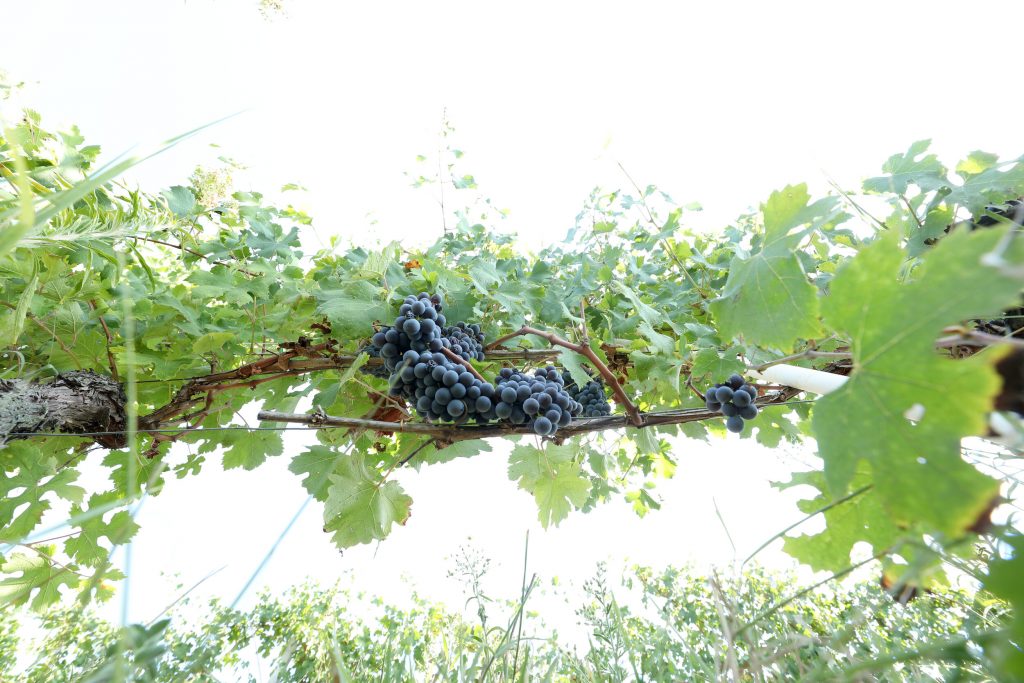
Conclusion:
Every vintage tells a unique story of struggle and triumph in the vineyard, culminating in the bottle that reaches your table. The 2016 and 2017 vintages, each with its own distinctive characteristics, serve as a testament to the resilience and adaptability of the winemaking process. As we appreciate each vintage for its own merits, the real joy lies in the journey of exploration, discovery, and the continuous learning that wine affords us.
